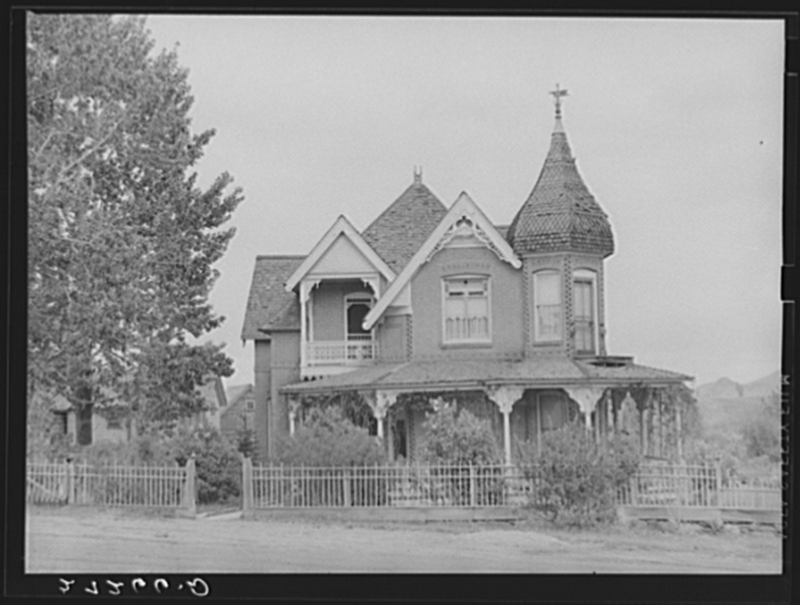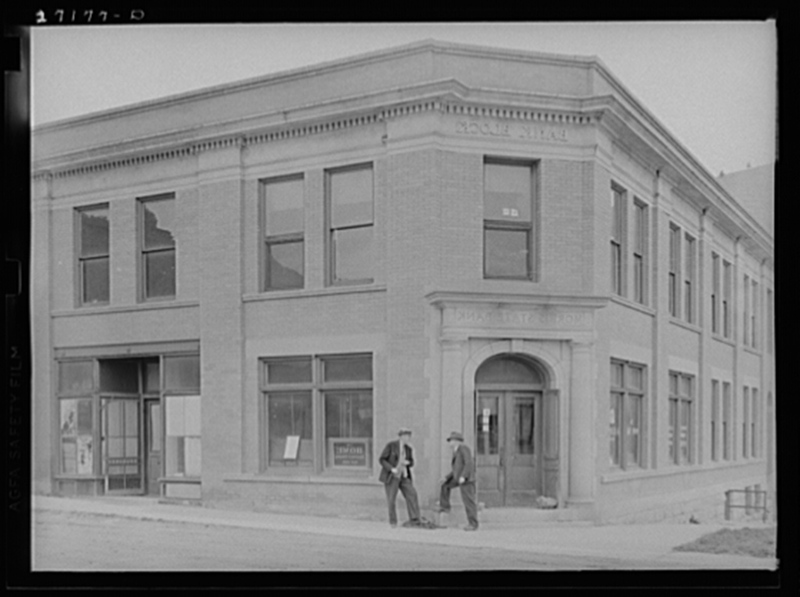Pony Historic District

Washington DC Creator: unidentified photographer Date: no date
About 1866, a prospector of very small stature, Tecumseh "Pony" Smith, left his nickname attached to the creek where he found gold. In 1875, a settlement bearing his name grew to serve local miners. Pony's early population reflected the whims of gold miners, growing larger when a miner struck pay dirt and dwindling when someone found a bigger lode somewhere else. By the 1880s, mines like the Boss Tweed and Clipper were yielding fortunes in gold ore. Soon after, the Union Pacific Railroad extended its tracks to the town, and by 1895 Pony had a school, a public hall, two hotels, and numerous businesses. As the mines began to play out at the turn of the century, cyanide processing sparked new interest in the area. Pony prospered, acquiring telephone service, electricity, and a more urban appearance. Masons and carpenters produced splendid Queen Anne style residences and fine buildings of locally made materials, such as the Pony School and the Morris State Bank. Mining again waned after 1910, and Pony's economy shifted to serve the surrounding agricultural community. Today, log and frame structures of the 1870s and substantial buildings of the early twentieth century remain to chronicle Pony's evolution and tenacity, a town as small but sturdy as its namesake.
Images

Washington DC Creator: unidentified photographer Date: no date

Washington, DC Date: no date
